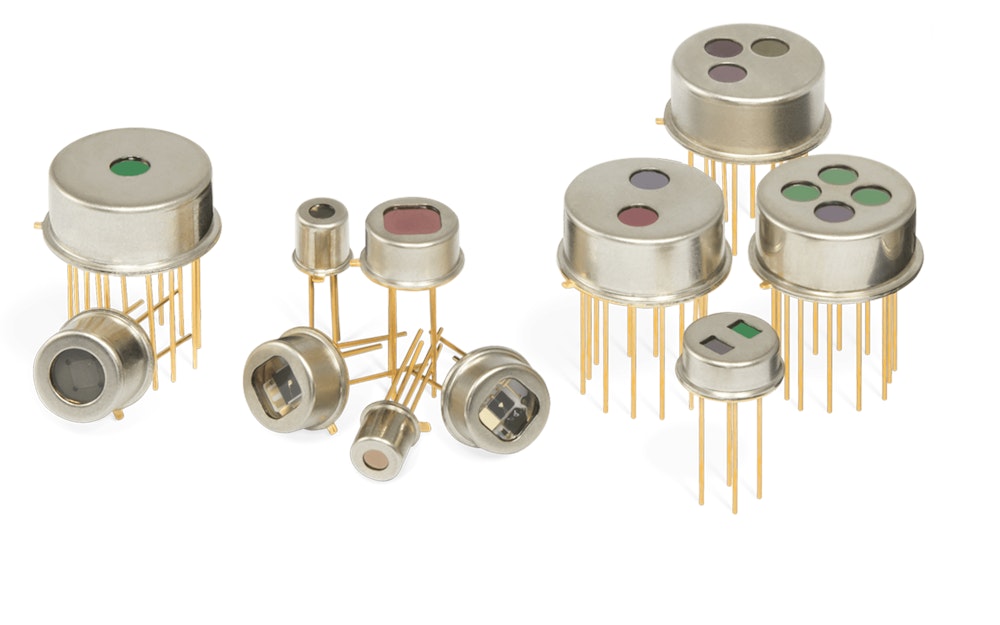3 Main Types Of Thermal Infrared Detectors
There are many types of thermal Infrared detectors available in the market. They include Three band infrared detector (TBIRD), Pyroelectric detector, and Electrode structure.
Electrode structure
The electrode structure of thermal infrared detectors involves a number of features to achieve the optimal performance. One of the main characteristics is a uniform field within the volume of temperature fluctuations. Another is a design that eliminates the undesirable stray capacitance. In addition, a thermally insulating layer should be used to minimize the thermal conductivity.
A common type of thermal infrared detector consists of two electrodes on the bottom. One of the electrodes also functions as an infrared reflector. This is a useful feature since it can be used to cancel reflections. Moreover, the thickness of the electrode should not be too large.
The detector’s electrical response is measured by comparing the voltages induced on the two electrodes. An efficient design eliminates unwanted stray capacitance by employing a thin metal electrode.
Several materials have been used to manufacture the electrodes of thermal infrared detectors. Among them, polysilicon and lead scandium tantalate are the most popular. Polysilicon has a relatively high conductivity and transparency to incident wavelengths greater than 400 nanometers. Lead scandium tantalate has similar properties to conventional pyroelectric materials. It can also be modified to act as a dielectric bolometer.
Pyroelectric detectors
Pyroelectric detectors are an inexpensive and effective method for detecting infrared radiation. They operate by applying the pyroelectric effect of ceramics or piezoelectric materials. These devices are commonly used in temperature measurement applications. However, they can also be used in millimeter-wave detection.
A CMOS compatible pyroelectric detector based on an AlN thin film was designed using a silicon photonics platform. The detector comprises a bottom electrode that absorbs infrared radiation. It was fabricated on an eight-inch wafer. This design was tested at wavelengths of 4.17mm.
In order to optimize performance, the thickness of the top and bottom electrodes, the area of the membrane, and the device dimension were investigated. The results show that the best response was achieved with detectors #7 and #8 with a membrane size of 1.44mm.
The noise equivalent power of the detectors was as low as 5.3xW/ for the demonstrator devices. This result corresponds to a bandwidth of 1Hz.
The specific AC resistance of the detector is calculated by dielectric constant. To improve performance, it is important to minimize dielectric losses.
Three band infrared detector (TBIRD)
A Three Band Infrared Detector (TBIRD) is an infrared photodetector designed to detect two or more different wavelength bands. It can be used in commercial and military applications. The system’s applications include a small multiband thermal sensor onboard small to medium sized unmanned airborne vehicles, and as a small thermal camera for space-based cubesats.
The device structure includes a first absorber layer, a first contact layer, a barrier layer, a second contact layer, and an n-type barrier layer. The absorber layer is made of a material capable of absorbing radiation in the first wavelength range, the barrier layer is made of a material that is capable of blocking the majority of carriers, the n-type barrier is positioned between the first and second contact layers, and the n++ barrier is positioned between the second and third contact layers.
Unlike a traditional infrared detector, the TBIRD uses a tunneling structure to provide a high-performance device. This allows the minority carrier to tunnel through the barrier layer and into the conduction band of the contacting layer.

